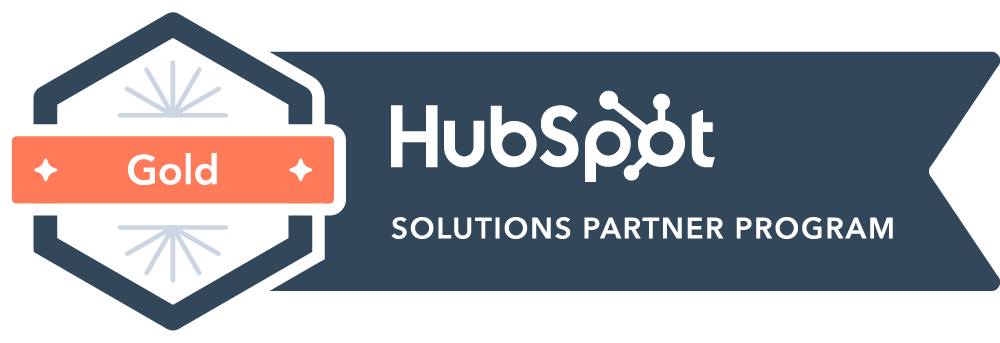Health Information Technology (HIT) Needs Its Story Told
Table of contents
HIT leaders must take on storyteller role
National Health IT Week offers an opportunity for payers, providers, government, vendors, patients and consumers to celebrate health information technology (HIT) innovations, results, lessons learned and emerging directions.
But celebrating past performance isn’t enough. For HIT to turbocharge industry-wide transformation, every HIT professional must take on the increasingly important role of storyteller—sharing the sagas of people and organizations that made a difference.

HIT must tell the stories behindthe formats and patterns typically found in stories that appear in the trade and business press. In order words, HIT must share human stories that shape the trends, pitfalls, myths, strategies and standards so vital to HIT’s evolution.
Storytelling is more popular than ever as growing numbers of executives view stories as the way people typically assign meaning and put ideas and events in context. Moreover, storytelling is universal, anchored in entertainment, education, culture building, and instilling morals and values.
Stories also evoke emotions. People relate to stories—whether in films, books, music or television programs. They invest in storylines and characters. And they’re eager to know what happens next.
Fortunately, storytelling is a skill HIT leaders can master by embracing the narrative pattern of The Hero first identified by the American scholar Joseph Campbell (http://www.readwritethink.org/files/resources/interactives/herosjourney) Among the steps:
Find a hero. You may not be the hero of your own HIT story. Instead, the hero of your story could be a clinician, researcher, educator, consumer, agency, employer or patient. Once you’ve identified your hero, make that person or organization the core or centerpiece of your story.
Find your cause: Put yourself in the shoes of your HIT hero. How would you describe the hero’s mission, vision and values? Identify what your hero is after— often called the hero’s journey. Then focus on your role in making the HIT hero’s journey a success.
Find your obstacle: Every HIT hero faces a problem, pitfall, barrier or roadblock at some point within the journey. Focus on how that obstacle threatened to cut short or end the hero’s journey, along with how the hero removed or minimized the obstacle.
Find your mentor: The HIT hero’s journey is never solitary. A coach, guide or wizard is always standing in the wings, ready to deliver counsel and encouragement. Your HIT hero may find a mentor or coach within a government agency, association, think tank, vendor organization, university or opinion leader.
Find your moral or message: As the HIT hero’s journey comes to a close, the hero shares a moral, message or lesson learned, which often takes the form of a code or set of principles and standards. The key questions: What did your HIT hero learn by making the journey? And how will the hero share these insights with those to come?
In an ideal world, clients and customers—providers, payers, consumers, employers or government—will emerge as HIT storytellers. They will share the stories of HIT heroes via presentations, webinars, podcasts, white papers, issue briefs and case studies.
Fortunately, HIT professionals can bring the emotion and universality of storytelling to more typical marketing and publications vehicles. These include testimonials, press releases, blogs, and activities on social media sites like Linkedin, Facebook, Instagram, YouTube and Pinterest.
The good news is that the bold story of HIT will never be carved in stone. Each day HIT leaders have an opportunity to grow and refine the HIT story. Using the framework of the hero’s journey, they can turn providers, payers, government, vendors and patients into heroes on a bold journey.
HIT leaders who haven’t yet begun the process of sharing their own hero’s journey can get started today. To that end, they may want to engage marketing and public relations experts with the skill and experience to tell the stories of HIT with accuracy, passion and style.
Challenge: Conduct a search for a HIT story. What makes the story compelling, memorable and actionable? How could you apply the techniques used within the story to sharing your own hero’s journey?
KNBeings are the team members behind KNB Communications. KNB Communications is a top 10 health tech marketing and PR agency specializing in healthcare, biotech, and life sciences.
Search




.svg)
.svg)




